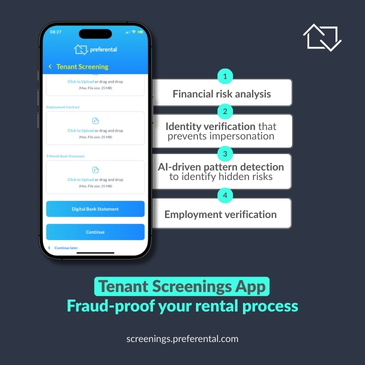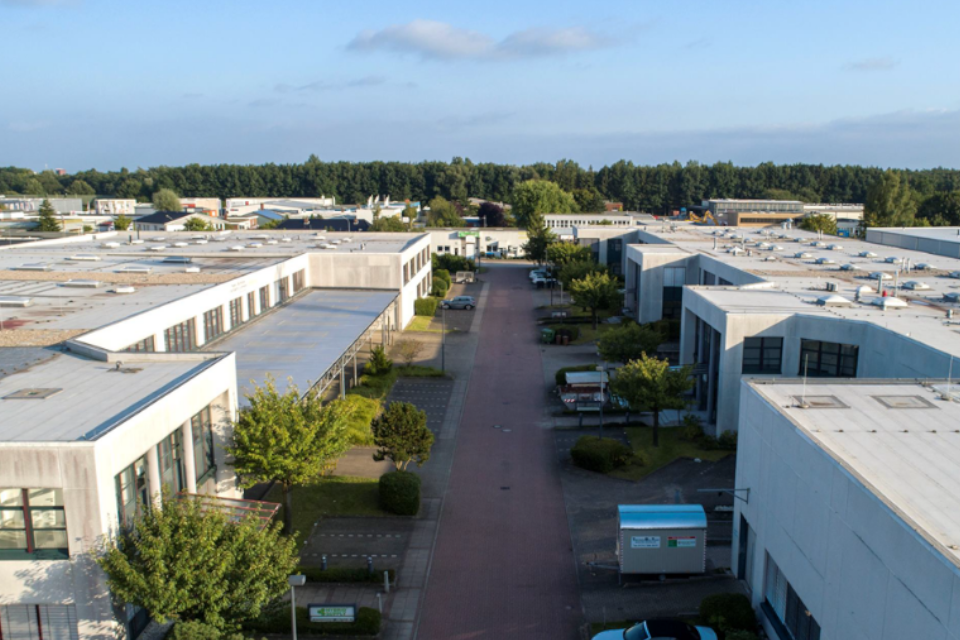Future-Proofing Property Development with Geospatial Intelligence
- Beyond the Land: Success depends on understanding location context, market demand, infrastructure, and long-term trends, not just land availability.
- Data-Driven Decisions: Trade Area Analysis integrates geospatial science, demographics, and infrastructure data to reduce risk and boost returns.
- Stay Ahead of Change: Real-time, dynamic data future-proofs developments against shifting market conditions and environmental risks.
The New Reality for South African Property Developers
South Africa’s property market is changing fast. Demand for multifamily housing is climbing, urban dynamics are shifting, and investors expect stronger returns in shorter timeframes.
But finding the right site today requires far more than identifying available land. Developers must now factor in location intelligence -understanding not just the parcel, zoning, and deeds, but also the area’s demographics, infrastructure, amenities, environmental risks, and projected growth trends.
“Making informed, data-driven decisions is no longer optional, it’s the difference between a profitable project and a costly mistake,” says Sophie Hasell, Chief Revenue Officer at AfriGIS.
Why Trade area analysis is a Game-Changer
Trade Area Analysis blends geospatial science with multiple datasets to give developers a complete view of the market context. This means not only seeing the land, but also the economic, social, and environmental factors that will determine a development’s success.
Consider the Northern Cape. A decade ago, it had little residential development activity. Today, thanks to catalytic projects like a new university and a shopping mall, the area is booming with housing demand. This kind of transformation is easier to predict and act on - when you understand population density, income levels, transport links, utility access, and environmental risks.
Building for the Right Market
One of the most critical questions in property development is: Who will live here?
Trade Area Analysis answers this by identifying whether a market is dominated by students, professionals, or families and what they can afford. AfriGIS uses tools like the Neighbourhood Lifestyle Index to reveal local income levels, spending habits, and lifestyle needs.
This ensures developments are built for the right market segment - whether that’s affordable housing, student accommodation, or luxury apartments, reducing vacancy risk and increasing rental yields.
Minimising risk before breaking ground
Every development carries risk, but data can significantly reduce it. Trade Area Analysis highlights:
- Environmental risks (e.g., flooding, dolomite formations)
- Infrastructure gaps (e.g., poor road access, limited utilities)
- Land use restrictions and zoning challenges
Early visibility of these risks allows developers to adjust plans or walk away, before costs spiral.
It also supports ROI forecasting by combining rental yield projections, market demand patterns, and absorption rates—helping developers focus on projects with strong long-term profitability.
The Real-Time Advantage
Static, once-off reports can leave developers exposed to market shifts. AfriGIS’ platform provides real-time, dynamic data that evolves with conditions, allowing developers to adjust strategies from land acquisition through to post-completion operations.
This agility is essential for future-proofing projects in a market where interest rates, migration trends, and infrastructure developments can shift quickly.
From Data to Action: Future-Proofing in Practice
AfriGIS’ Trade Area Analysis doesn’t just present data, it visualises it.
Heat maps and thematic maps reveal
- Demand clusters and residential growth areas
- Proximity to key amenities like malls, schools, and transport hubs
- Environmental and infrastructure risks that could impact sustainability
This holistic view enables proactive planning, whether that means capitalising on an emerging suburb before competitors, or avoiding a location with hidden structural risks.
The Way Forward: Smarter, Safer, Sustainable Development
In today’s competitive, high-risk property development market, relying on outdated information or surface-level analysis is a recipe for underperformance.
By integrating location intelligence, demographic insights, and real-time data, AfriGIS helps developers:
- Identify high-return opportunities
- Reduce costly mistakes
- Align projects with market needs
- Build resilience into their investment strategy
The future of property development belongs to those who can see beyond the land itself, those who understand the full story of a location before a single brick is laid.






.avif)

.avif)


.avif)

.avif)




.svg)


.avif)

.avif)







%20.avif)








.avif)
%20.avif)
